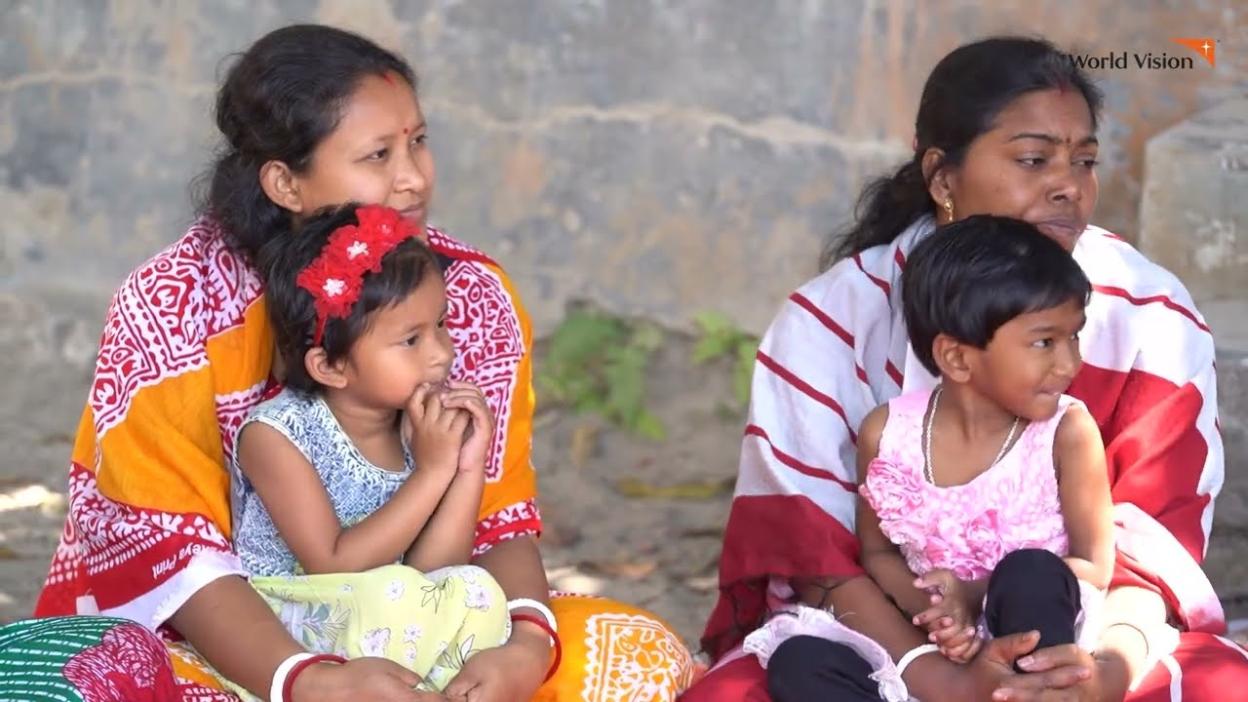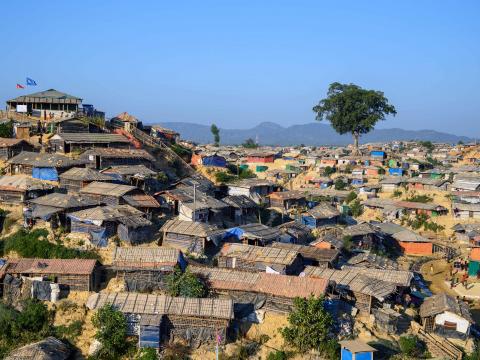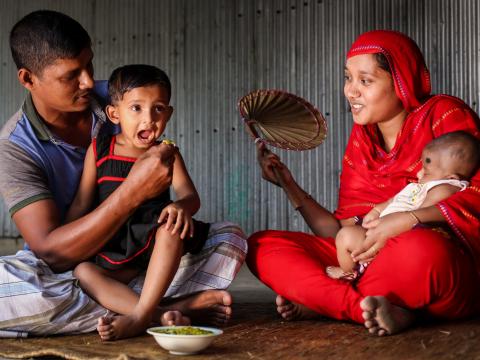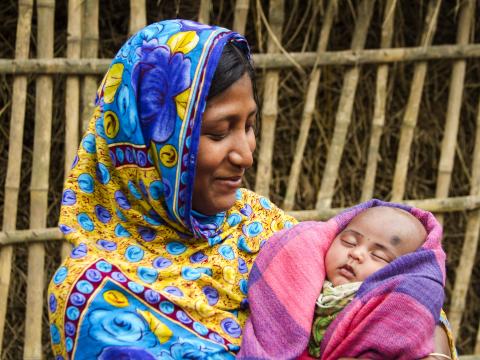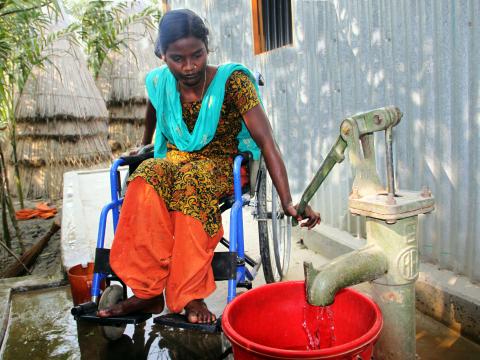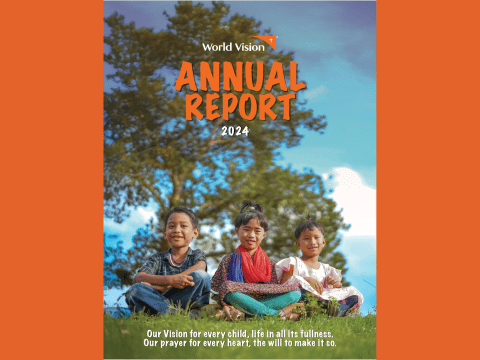
World Vision Bangladesh Annual Report 2024
In 2024, World Vision Bangladesh programs benefited over 6.1 million people, focusing on children and youth. Over 1,300 villages were declared child marriage-free. The ENOUGH campaign reached 482,043 people, addressing child hunger. Disaster preparedness initiatives reached 313,867 people. Climate-smart initiatives reduced carbon emissions by 50% and planted 1.4 million trees.
World Vision contributed to multiple SDGs, including economic growth, clean water, education, and gender equality through programs that address gender-based violence and MenCare. As we look ahead, we reaffirm our commitment to partnership, empowering communities and building a more just and sustainable world for all.
Bangladesh
Recent Updates
World Vision Bangladesh
World Vision came to Bangladesh in 1970 to assist the devastating Cyclone Bhola. The cyclone caused significant damage and resulted in the loss of many lives in the southern districts.
World Vision returned to Bangladesh the following year. They went to assist families who were seeking refuge from the war. These families resided near the Bangladesh-India border in camps.
After Bangladesh won the Liberation War, World Vision was invited in 1972 by Bangladesh’s newly established government to help the people returning home from the war. World Vision opened its first office in Birishiri of Netrokona district and, within a few short years, established programmes to sponsor Bangladeshi children, reconstruct buildings, and build hospitals and schools.
At present, climate change has become a crucial issue in Bangladesh. As per the country’s Ministry of Environment, Forest, and Climate Change, an estimated 12.34%-17.95% of the coastal area will be submerged due to sea levels rising within this century.
Bangladesh has a high rate of child marriage. UNICEF says it has the highest occurrence in South Asia. 51% of married women in Bangladesh were married when they were underage (2019).
It is estimated that 13.3 million people may become internally displaced within the next 30 years due to the impact of climate change on agriculture, water accessibility, and rising sea levels (World Bank, 2022). This will affect women and girls more in terms of their food, cleanliness, schooling, and safety from harm.
World Vision Bangladesh helps vulnerable groups and communities fight climate change and social injustices by giving them knowledge and tools. Our programs in Bangladesh provide protection, education, clean water, hygiene, and nutrition to vulnerable children, based on evidence. Our child sponsorship programme continues to protect the rights of vulnerable children to obtain a proper education.
World Vision Bangladesh’s goal is to educate children on climate change and social justice, alongside building their leadership skills. Through this process, we hope to build a nation of leaders who will take the country towards a fairer, more equitable, and just society.
Our Impact
921,162
281,266
189,003
Latest Videos
Ensuring Access To Improved WASH For The Vulnerable People In Dinajpur Project
Our Areas of Focus
4C Approach
World Vision Bangladesh uses the 4C approach (Children, Concern, Climate Change) for climate change and disaster risk reduction.
We are using the Ecovillage model, GESI-friendly green schools
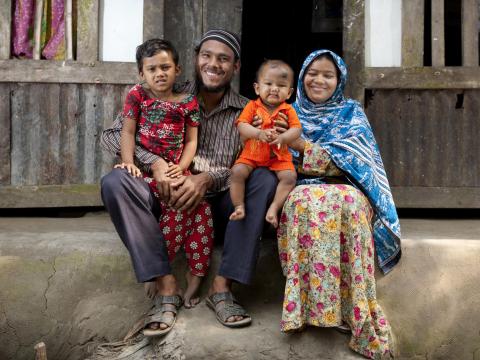
GESI Approach
World Vision Bangladesh has integrated the Men Care approach into the components of its technical programmes.
This method teaches couples about gender equality and the importance of women's role
Current Projects
World Vision Bangladesh scales up its operations to impact the lives of more than 5 million people with existing 36 grant-funded projects in Bangladesh. The grant-fund project has a wide range of partnerships and diversified our donor base, successfully securing a total of USD39.4 million for the most vulnerable people.
We received broad support from institutional donors, the United Nations, as well as governmental and international organizations. We also engaged the private sectors, including corporations and foundations, non-governmental organizations, and individuals.
